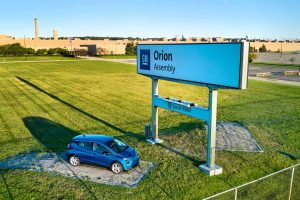In past articles, I’ve covered many of the challenges that come with expanding EV charging networks. I’ve watched Electrify America’s successful struggle to add stations in the Southwest US. I’ve struggled myself taking road trips to rural national parks in my short-range 2018 Nissan LEAF. I’ve also applied what I’ve learned to come up with helpful ideas for the Biden administration as they work toward building 500,000 new stations.
However, there’s one element of the EV driver experience that I’ve neglected to date: reliability.
As an EV driver, I experience reliability issues on occasion. On a recent trip around Arizona and New Mexico, I came across a number of chargers that gave errors. In Flagstaff, I had a cable fault. I lucked out because I was able to pull on the cable with my luggage and keep it working, but it was the only charger for 100 miles. At the Petrified Forest, I found one dead charger and one that only worked for a few minutes at a time unless I pushed the cable to the side. Had things been just a little worse, I would have been stranded, and a tow back to the nearest town with a charger would have cost hundreds of dollars.
Experiences like these are what have led me to believe that charger reliability, as much as network coverage, are the next hurdle to tackle in pushing forward electric vehicles as a safe and viable alternative to the traditional gas-powered car.
As an EV driver, a busted station on a charging network is in some ways worse than no charger at all. With the rollout of charging infrastructure still in its infancy, many EV drivers carefully plan longer trips and, as a rule, if you don’t see any stations along a certain stretch of your route, you find an alternate path. But if you trek towards a station shown as operating, either via a charging network or third party app, only to find out the station is down when you arrive? Well, that’s a great way to ensure that EV adoption happens slowly or, for some drivers, not at all.
The good news for EV drivers is that while charger reliability issues do exist, solutions providers in the industry are aware of these issues and taking steps to remedy them. It’s not all doom and gloom, so to speak! Companies like FLO, a North American leader in smart charging solutions and manager of one of our largest charging networks, has made the issue of reliability central to its corporate strategy. Not only is FLO looking to talk about charger reliability, but it’s looking to do something about it, by both improving its own hardware and software solutions and lobbying others in the industry to do the same.
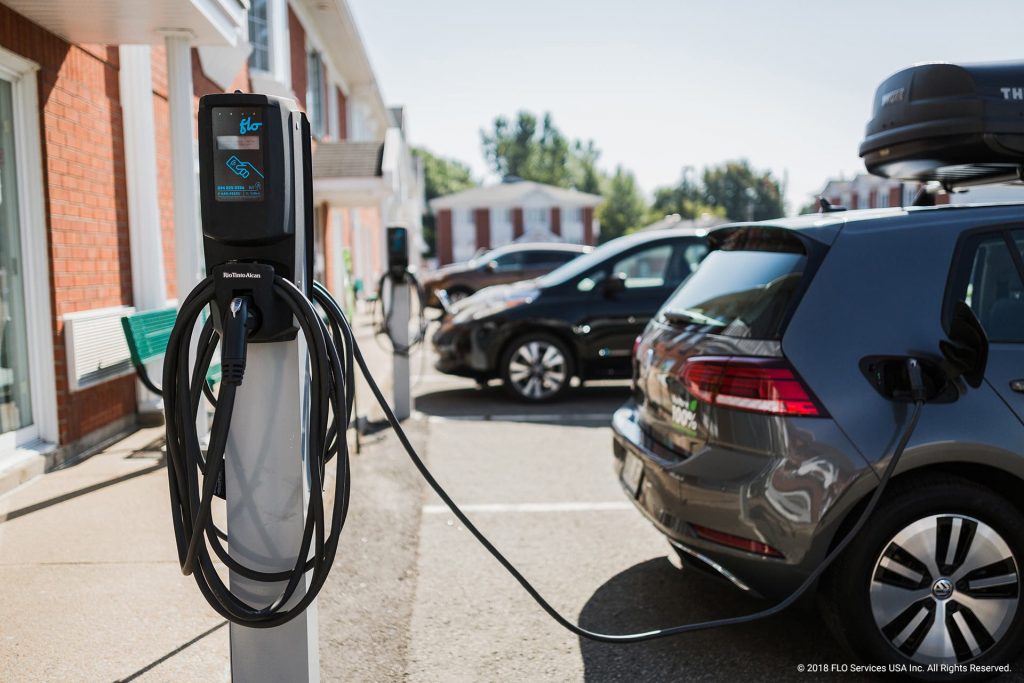
How Do We Prevent Charger Anxiety?
Making sure we don’t end up with stranded EV drivers is a real challenge for people running charging networks. Between my anecdotal experience and the things I’ve recently learned from speaking with FLO, there’s a lot of work to be done, and even figuring out where to point the finger when it comes to charging station reliability can prove to be a challenge.
While some charging solutions providers like FLO are vertically integrated and manage the charging experience from start to finish, others feature differing own & operate models which can make applying accountability for reliability more difficult. Networks like EVgo and Electrify America own their own stations, and are thus responsible for their maintenance and upkeep. Broken stations means no income from them, so they have no choice but to get things fixed up ASAP. These networks tend to be more reliable. Networks with decentralized ownership, like Nissan’s dealers or many ChargePoint stations, are having a harder time because there’s no way to hold the owners accountable for broken equipment or their slothfulness in getting around to fixing them.
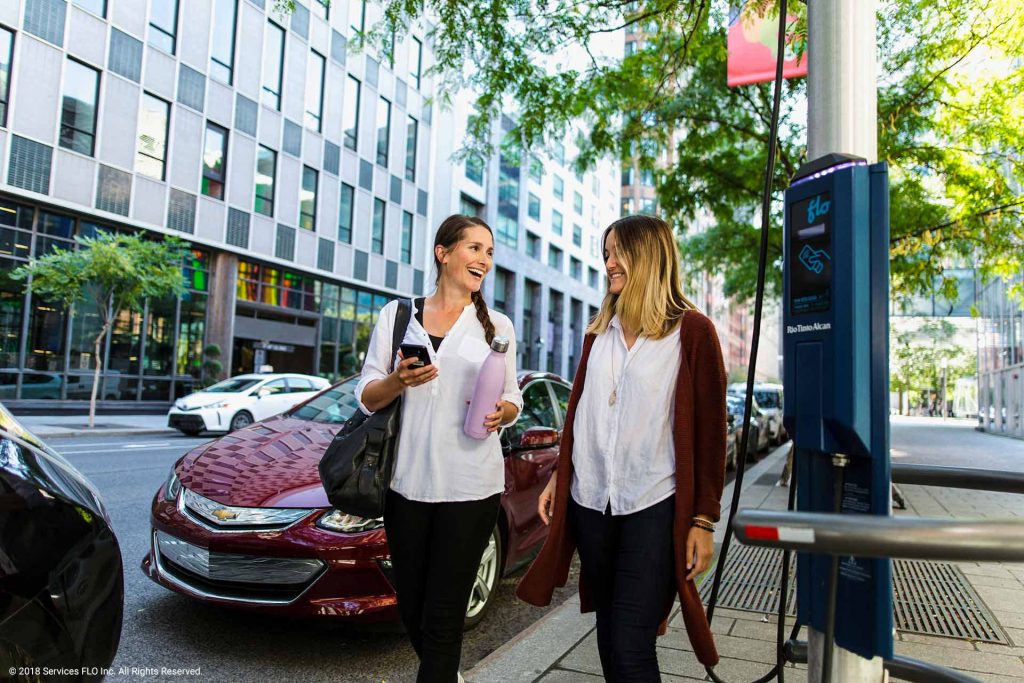
While there’s no easy fix to a large-scale issue like charging reliability, implementing industry-wide quality of services metrics in an industry that is increasingly recognized as critical infrastructure would be a good place to start. As Utility Dive points out, there are many different ways to measure reliability, the best of which is uptime, a statistic which measures the overall percentage of time in which a charging station is operational and available for drivers. However, as with all statistics, we need to be careful in our understanding of them — 95% uptime sounds great at first, but it’s over two weeks of downtime for a single station. Extrapolate those figures across an entire charging network, and you’ve created a shifting minefield for EV drivers to navigate. Arrive at the wrong station on the wrong day, and you’re stuck.
Conversely, at 99% uptime, a station would be down just four days in a calendar year, and those are the kind of metrics we should be striving for if we’re to ask the general population to transition to electric as quickly as possible. And while there is certainly room for debate as to the best means of measuring uptime, there can be little dispute that charging infrastructure, increasingly critical to serving the needs of a growing segment of drivers and often funded with public grants and incentives, should be subject to reliability standards which ensure that stations are available when drivers need them. And whatever the metrics we decide to measure by, we can’t forget that the goal is real-world performance, not just getting a good looking number.
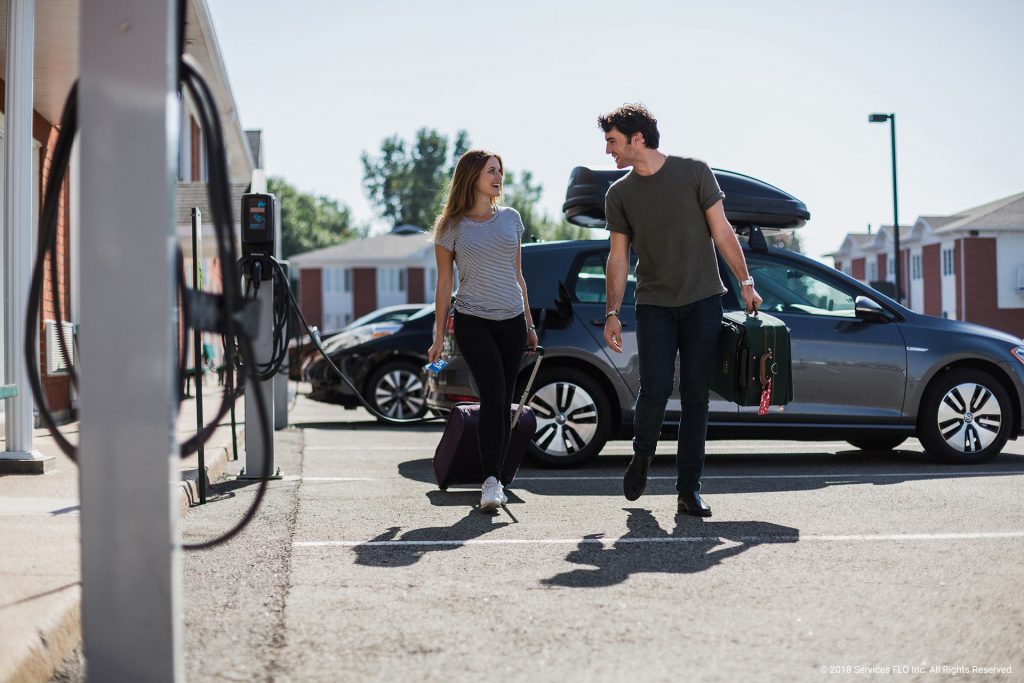
A Great Opportunity
The good news here is that we have an opportunity to build national charging networks in the United States and Canada that include reliability and quality of service standards. As provincial, state, and federal funds continue to be distributed in an effort to push forward electrification, we can push for the consistency and transparency we so desperately need in the future. The current patchwork of solutions, like PlugShare’s station ratings or the mobile apps for various charging networks, just isn’t going to cut it. With these taxpayer funds should come a requirement to use a consistent set of metrics that are always available to the public at stations, on the web, and in mobile applications.
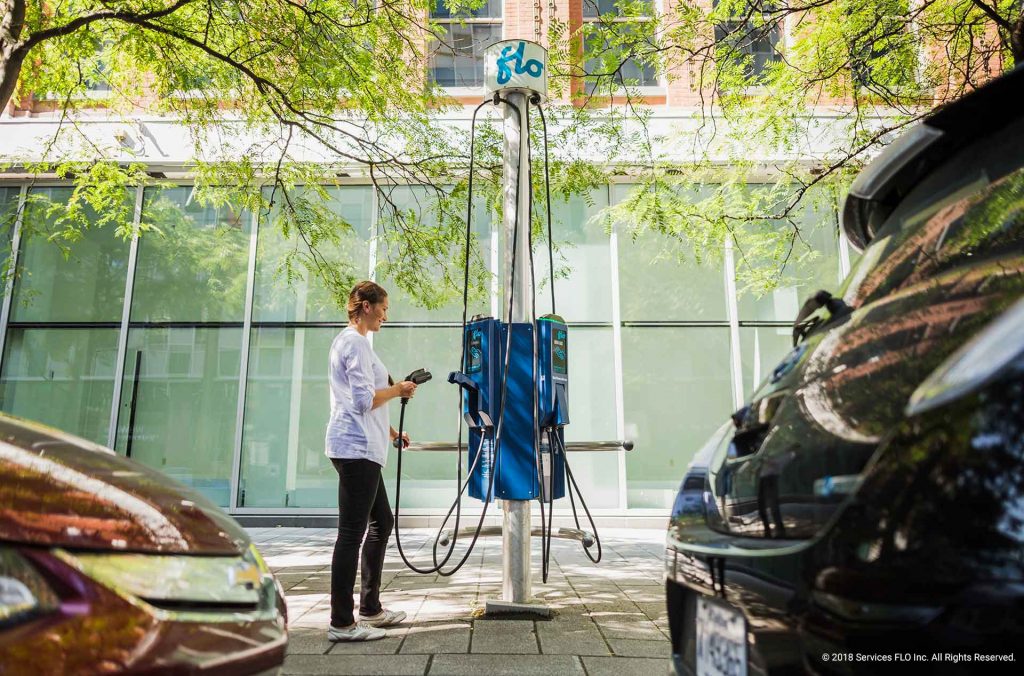
With everyone playing the same game on the same field, charging networks will have to compete with each other to be the best choice for drivers. They can also be made to compete for future funding, with only the best vendors being selected to install more stations. If we do this, charging reliability can only go up.
As a driver, if you’re looking for a legit and reliable charging partner, be sure to look into FLO. It has deployed stations coast to coast, from Los Angeles to New York, and from Vancouver to Halifax. It focuses on building durable and adaptable stations, and a membership with FLO gives you seamless access to over 60,000 stations across multiple charging networks in the United States and Canada, as if they were one reliable network.
*This article is supported by FLO.




